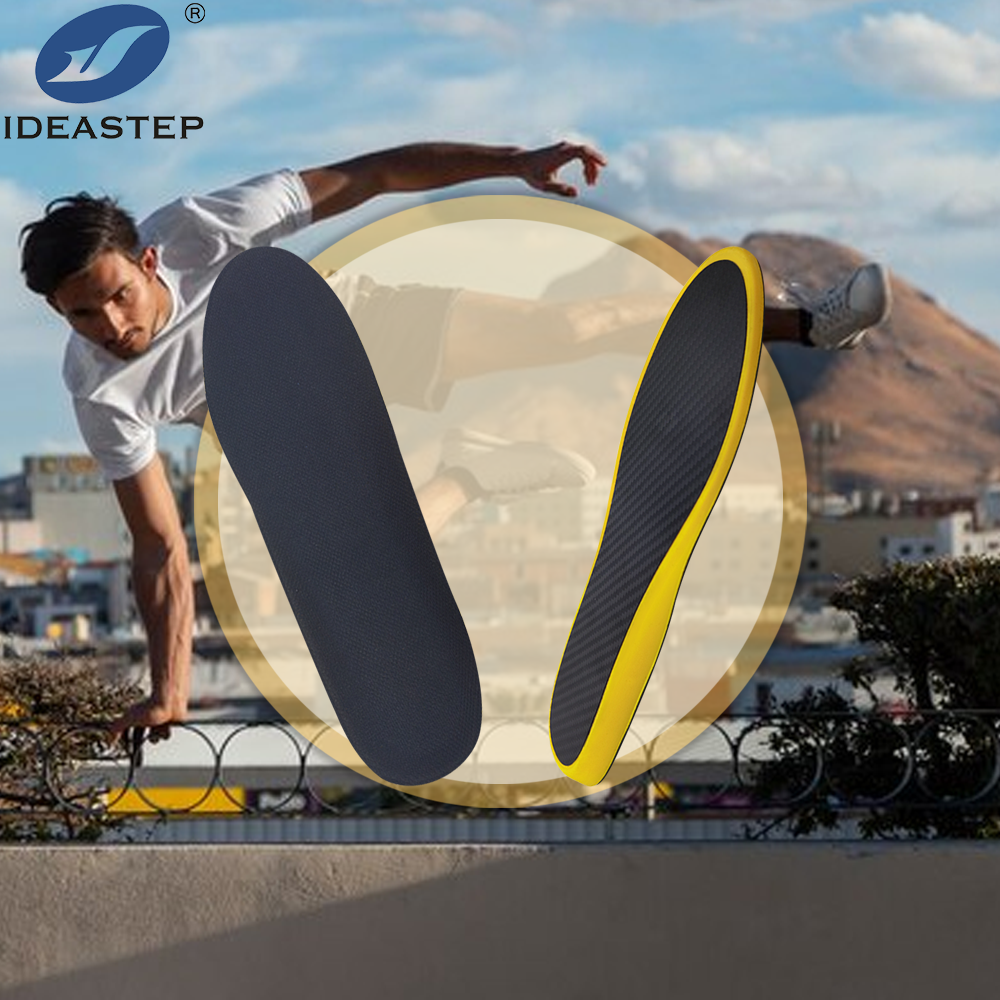As a podiatrist, I am often approached by patients with flat feet seeking relief from the discomfort and pain they experience. Flat feet, also known as pes planus, is a condition where the arches of the foot collapse, resulting in the entire foot contacting the ground when standing. This can lead to a range of issues, including pain, stiffness, and decreased functionality. In recent years, carbon fiber insoles have emerged as a popular treatment option for flat feet. In this article, I will explore the usefulness of carbon fiber insoles for flat feet, discussing their benefits and drawbacks from a podiatrist’s perspective.

What Are Carbon Fiber Insoles?
Carbon fiber insoles are a type of orthotic device made from high-performance carbon fiber material. These insoles are designed to provide support and stability to the foot, helping to correct the alignment and function of the foot and ankle. Carbon fiber is chosen for its exceptional strength, lightweight properties, and ability to withstand repeated use.
Benefits of Carbon Fiber Insoles for Flat Feet
1. Customizable Fit
Carbon fiber insoles can be custom-made to fit the unique contours of an individual’s foot. This ensures a precise fit that provides maximum support and comfort. As a podiatrist, I can assess my patient’s feet and recommend insole modifications to best suit their needs. The customizable fit of carbon fiber insoles helps to address the specific issues caused by flat feet, such as pronation (excessive inward rolling of the foot) and supination (excessive outward rolling of the foot).
2. Enhanced Support and Stability
Carbon fiber’s strength and stiffness provide excellent support and stability to the foot, helping to maintain the natural alignment of the arches. This support helps to reduce the strain on the feet, ankles, and knees, which can be exacerbated by flat feet. As a podiatrist, I often recommend carbon fiber insoles to patients with flat feet who experience discomfort during physical activities or prolonged standing.
3. Shock Absorption
Carbon fiber insoles effectively absorb shock, reducing the impact on the feet during walking, running, or other physical activities. This shock absorption helps to protect the feet from injury and reduce discomfort. For patients with flat feet, who may already have compromised foot structure, the shock-absorbing properties of carbon fiber insoles can be particularly beneficial.
4. Breathability and Moisture Wicking
Carbon fiber is highly breathable, allowing air to circulate freely through the insole. This breathability helps to keep feet dry and comfortable, reducing the risk of foot odor and bacteria growth. Moisture wicking properties further contribute to maintaining a dry environment within the shoe, preventing discomfort and potential skin issues.
5. Versatility
Carbon fiber insoles can be used in a wide range of shoes, from sports shoes to dress shoes, making them a highly versatile and convenient choice for patients with flat feet. As a podiatrist, I often recommend these insoles to patients who need consistent support throughout their daily activities.
Drawbacks of Carbon Fiber Insoles for Flat Feet
1. Cost
Carbon fiber insoles can be more expensive than some other types of orthotics. While their durability and customizability justify the cost, it can be a barrier for some patients. However, as a podiatrist, I often discuss the cost-benefit ratio with patients, emphasizing the long-term benefits of carbon fiber insoles in improving foot health and reducing discomfort.
2. Need for Customization
While carbon fiber insoles can be customized to fit an individual’s foot, this customization process can take time. Patients may need to wait for their insoles to be made, which can be inconvenient especially if they are experiencing significant discomfort. However, the end result of a precisely fitting insole often outweighs the inconvenience of the wait.
Conclusion
Carbon fiber insoles are a valuable tool in the treatment of flat feet. Their customizable fit, enhanced support and stability, shock absorption, breathability, and versatility make them an effective choice for podiatrists seeking to improve the foot health of their patients with flat feet. While the initial cost and customization process can be drawbacks, the long-term benefits of carbon fiber insoles in reducing discomfort and preventing future injuries justify their use. As a podiatrist, I recommend carbon fiber insoles to my patients with flat feet, confident in their ability to improve foot function and quality of life.
